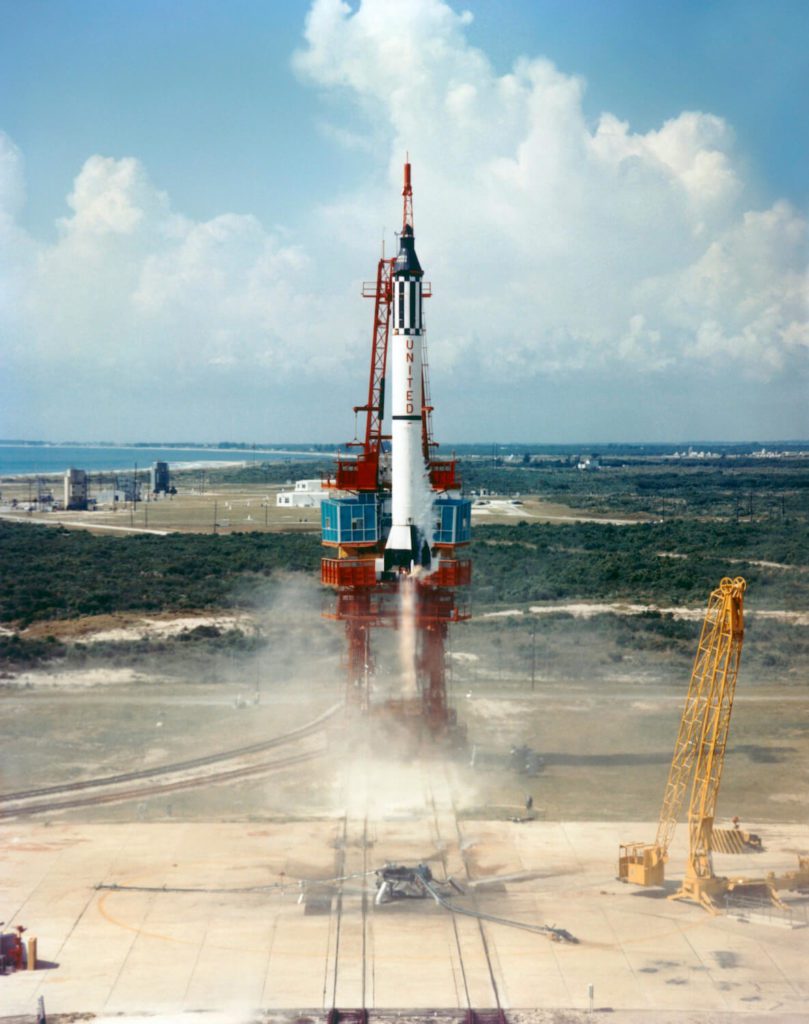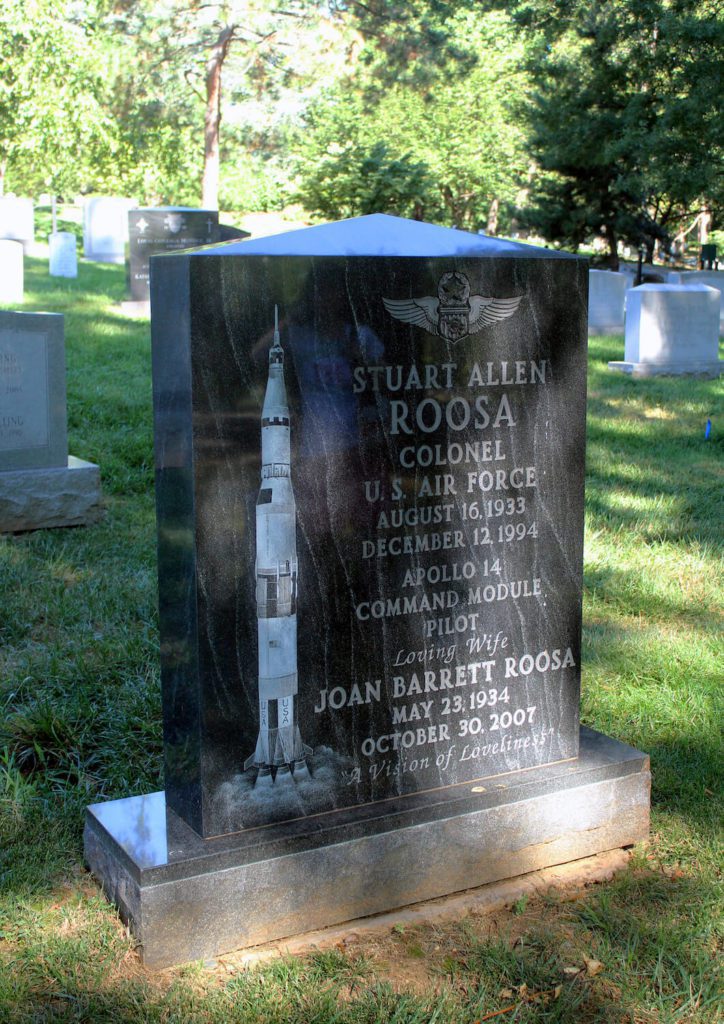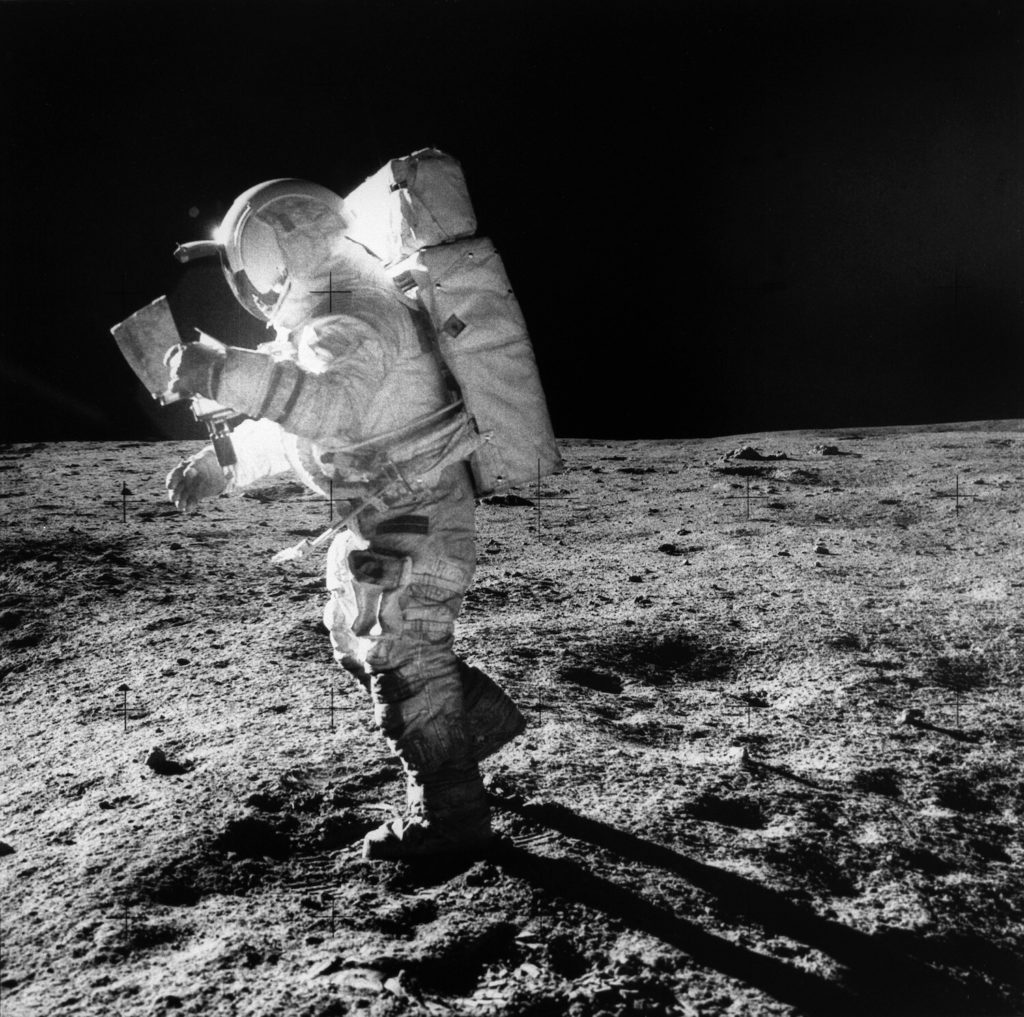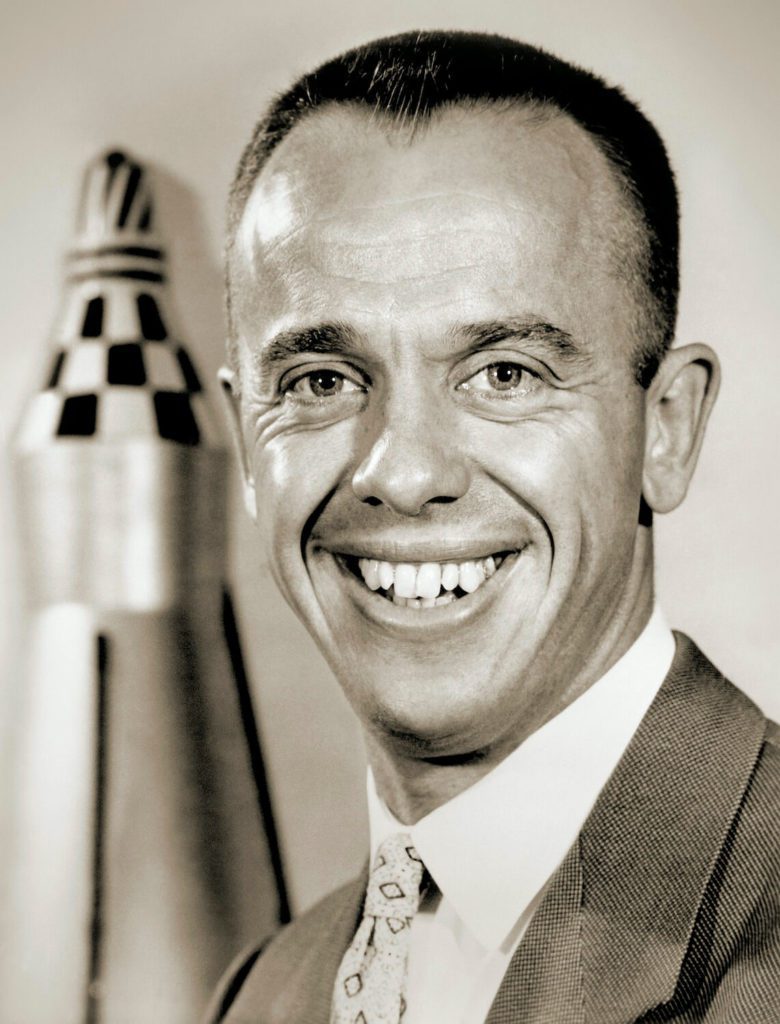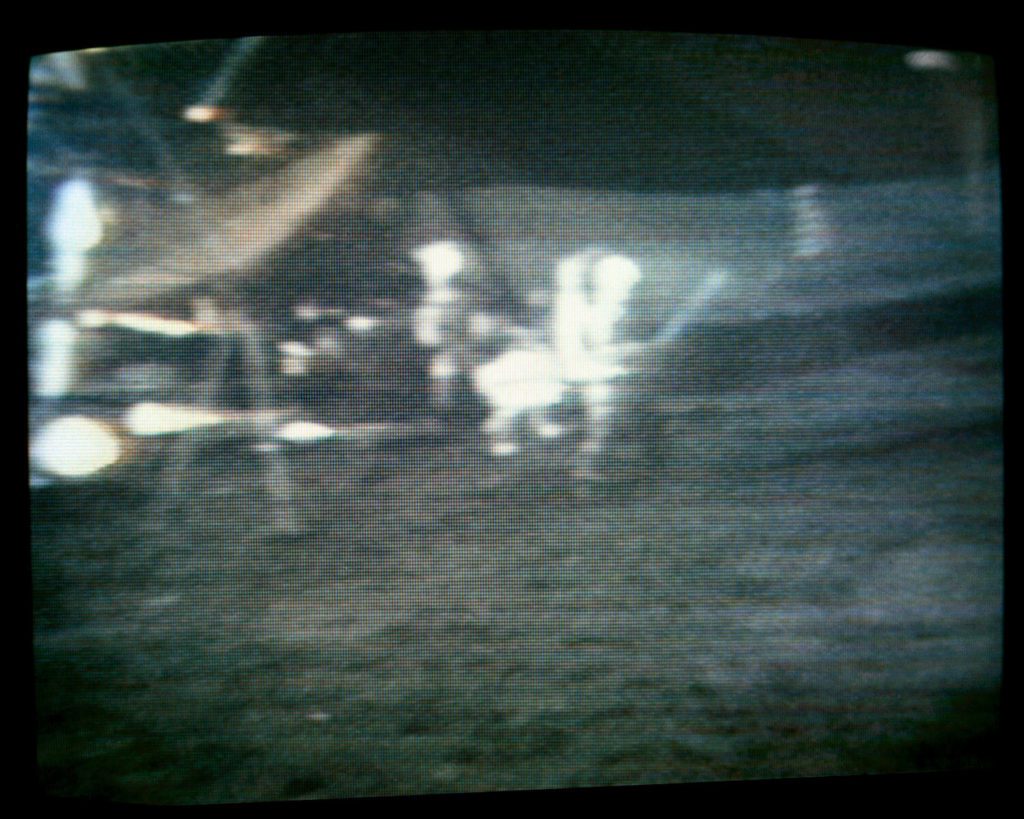
On 31 January 1971 the Apollo 14 mission left, destination, Fra Mauro highlands.
After the near-disaster of Apollo 13, the USA’s Apollo 14 mission to the Moon needed to be a success: the crew selected for this difficult mission were Commander Alan B. Shepard, an expert in the space program, Stuart Roosa and Edgar D. Mitchell.
This year marks the 50th anniversary of the historic launch. Apollo 14 was the first mission to perform extensive on-board experiments while orbiting the Moon.
More than 40 kg of lunar rocks were collected and brought to Earth by astronauts Shepard and Mitchell, helping scientists to figure out the most precise age for the Moon than ever before.
THE MISSION
During the Apollo 14 mission, Shepard and crew had to deal with and solve several problems; the Antares lunar module not connecting, the landing radar not working, difficulties with orientation, and to top it all off, problems with the MET, the hand truck with which they had to carry instruments and rocks, but which kept sinking into lunar dust.
However, the mission was successfully completed, bringing the third human landing on the moon to fruition. Shepard and Mitchell named their landing site Fra Mauro Base.
Shepard’s first words on his first step on the lunar surface were: “It’s been a long way, but we’re here.”
After the moon landing, Shepard and Mitchell made 2 moonwalks; the first lasted 4 hours, 47 minutes and 50 seconds during which the astronauts set up instruments, collected and documented lunar samples and took photographs of the area.
The second involved a traverse on foot to the rim of the Cone crater. Unfortunately, the two astronauts were unable to reach their target due to problems with orientation on the undulating terrain around the crater itself.
ALAN SHEPARD
On May 5, 1961, Shepard became the first American in space as part of the Mercury program aboard the Freedom 7 spacecraft.
At the time of the launch he prayed “Dear Lord, please don’t let me fuck up”.
10 years later he becomes the commander of the Apollo 14 mission.
The participation and successful completion of the Apollo 14 mission was a very important personal achievement for Shepard, after his initial flight he had in fact been grounded due to health problems.
In 1964, he was diagnosed with Ménière’s Syndrome, but the pilot did not accept that this was the end of his career, and thanks to a successful, yet dangerous cutting-edge surgery he was able to return to active duty in 1968.
Shepard was 47 years old when he landed on the moon and remained the oldest man to ever set foot on the lunar surface.
GOLF ON THE MOON
On February 6, 1971, astronaut and golfer Alan Shepard turned the Apollo 14 landing site into a golf course.
Apollo 14 commander Shepard was the first American astronaut in space and the only person to hit a golf ball on the Moon.
Just before leaving the lunar surface in 1971, he attached a golf club head to the collapsible rod of a lunar soil sampler and hit two golf balls into the gray lunar distance.
Like much spaceflight equipment, the 6-iron (a bat typically used to hit the ball at longer distances) had been specially modified to fit the soil sampler; Shepard paid for the modified 6-iron out of his own pocket, although there is no record of how much it cost him.
A space-age urban legend claims that Shepard brought the golf balls and 6-iron head aboard the Apollo 14 spacecraft, hidden inside a sock in his personal gear.
It would not have been the first time an astronaut sneaked something in without permission-John Young caused havoc on the 1965 Gemini 3 mission with crumbs from his corned beef sandwich that he had brought aboard illegally, though at least he offered to share with teammate Gus Grissom!In truth, Shepard’s golf equipment had come on board with the permission of Manned Spaceflight Center director Bob Gilruth, although it took no small amount of convincing.
MOON TREES
Forest Service provided astronaut Stuart Allen Roosa with between 400 and 500 seeds that were added to his Personal Kit. Returning from the mission, the seeds were sent to the Forest Service in Mississippi and the Roseville Naturalistic Station in California.
Beginning in 1976, sprouted seedlings were planted in several locations in the United States, one of these trees, known by the name of Moon Trees, welcomes visitors at the entrance of the Kennedy Space Center.
CURIOSITÀ
Mitchell and Shepard were the only Apollo astronauts to gain weight during a mission.

